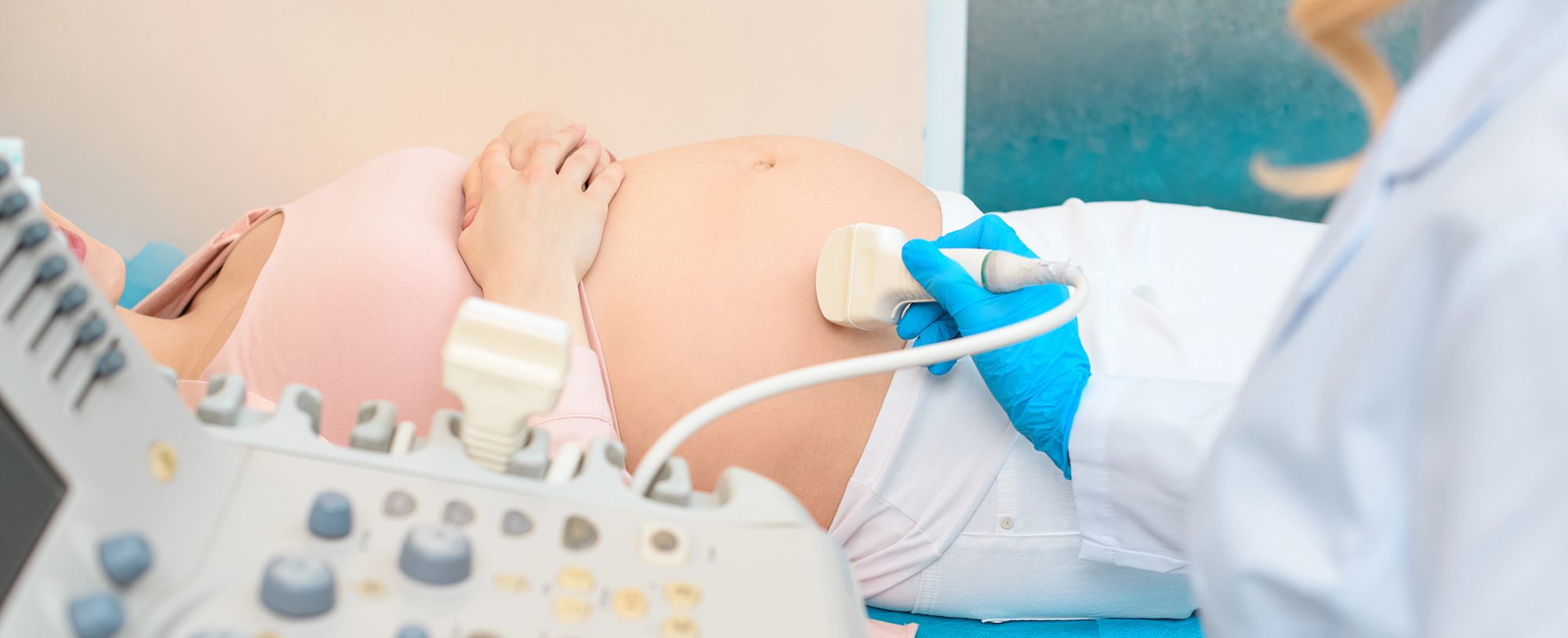What is a vaginal delivery?
A vaginal delivery is when a woman gives birth through their vagina. It’s the most common method of childbirth. During a vaginal birth, your uterus contracts to thin and open your cervix and push your baby out through your vagina (or birth canal).
Healthcare providers prefer vaginal deliveries because they’re usually safest for the fetus and the birthing mother. A vaginal delivery occurs most often between weeks 37 and 42 of pregnancy.
How common are vaginal deliveries?
According to the Centers for Disease Control and Prevention (CDC), there were more than 2.5 million vaginal deliveries in 2020. Vaginal deliveries account for about 68% of all births in the United States and 80% of births worldwide.
What are the types of vaginal delivery?
There are different types of vaginal deliveries: spontaneous, induced and assisted.
- Spontaneous vaginal delivery: A vaginal delivery that happens on its own and without labor-inducing drugs.
- Induced vaginal delivery: Drugs or other techniques initiate labor and prepare your cervix. This is also called labor induction.
- Assisted vaginal delivery: A vaginal birth that occurs with the help of forceps or a vacuum device to get your baby out. Both spontaneous and induced vaginal delivery can be assisted.
What are the stages of a vaginal delivery?
A vaginal delivery can be broken into three stages: labor, birth and delivering the placenta.
Labor
The first stage of labor begins with uterine contractions and ends with your cervix being 10 centimeters dilated and 100% effaced.
Labor can be classified as early labor, active labor and transitional labor.
- Early labor: The time when contractions begin and your cervix starts to open (dilate) and thin (efface). Your cervix may be about 5 centimeters dilated at the end of early labor.
- Active labor: This stage of labor consists of strong contractions that last up to one minute each and happen about three minutes apart. Some people request an epidural during this time because contractions can be painful. Healthcare providers may also give you oxytocin(Pitocin®) to speed up labor.
- Transitional labor: This is the time just before your cervix is 10 centimeters dilated. It’s a short but intense time when your contractions come very quickly and last longer than one minute. This phase may make you sweat, vomit or feel shaky. It happens just before you begin to push.
Birth
The birthing stage begins when you reach 10 centimeters and ends with the birth of your baby through your vagina. In this stage of labor, you experience strong contractions and begin pushing. You may feel pressure or like you need to poop. Your healthcare provider may coach you through pushing, especially if you’ve had an epidural and can’t feel contractions. This phase can last a few minutes or a few hours. Generally, birth is quicker if you’ve had a prior vaginal delivery.
Delivering the placenta
The last stage of labor is delivering the placenta (commonly called afterbirth). It begins after your baby is removed from your vagina and ends when your placenta is delivered. Your healthcare provider may ask you for a few more pushes. This stage begins a few minutes after your baby is born and lasts up to 30 minutes.
It’s important to remember that labor and childbirth are different for everyone. Certain factors can play a role in your labor being longer or shorter. For example, if you get an epidural, you won’t experience the same pain level as someone who doesn’t get an epidural. Also, your labor may be longer if it’s your first baby. Factors like the size and position of your baby and how quickly you dilate can all affect how long a vaginal delivery takes.



